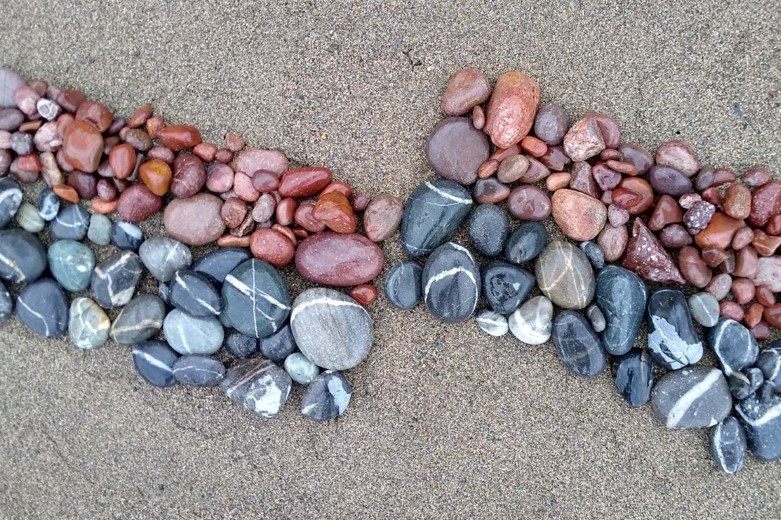Based on an analysis of 40 fields that started production since 2010, Anders Wittemann from Wittemann E&P Consulting (WEPC) concludes that it is predominantly smaller fields that appear on the list of fields that produce (much) less than foreseen at project sanction.

Examples of this phenomenon are fields such as Oselvar, Sindre, Gaupe, Brynhild and Jette, where reserves have been reduced by 60% or more since the PDO was approved. “One reason for this may be that the smaller fields have been insufficiently appraised,” says Wittemann.
Oselvar, worst in class, started production in 2012 and was shut down in 2018 after producing only some 7 million boe, while the PDO estimate was 42 million boe.
May 19-20 NCS Exploration – Recent Advances in Exploration Technology
May 19: THE CHALLENGE – PGS vs AGS with Panel Discussion
Medium sized fields, between 150 and 250 MMboe (as classified by Wittemann), do not show the same tendency. Instead, there is a large spread, some ending up a lot bigger, some a lot smaller. The Edvard Grieg field, for example, is now almost twice as big as the original estimate stated.
For larger fields, all of which are gas/condensate fields, the most recent reserve estimates seem to conform with original reserve estimates. “It turns out that the large fields are more predictable and forgiving,” Wittemann says.
The Johan Sverdrup field is once again an exception, as it has grown by almost 400 MMboe.
Despite the lack of accuracy in estimating reserves in small fields, the overall change in reserves when looking at all analysed fields has been positive. This is because large fields have a higher impact on the total recoverable barrels.
Wittemann is nevertheless concerned: “Even if projects are economic with large reserves downgrades, the investments could have been better spent on other projects,” he says.
HALFDAN CARSTENS





